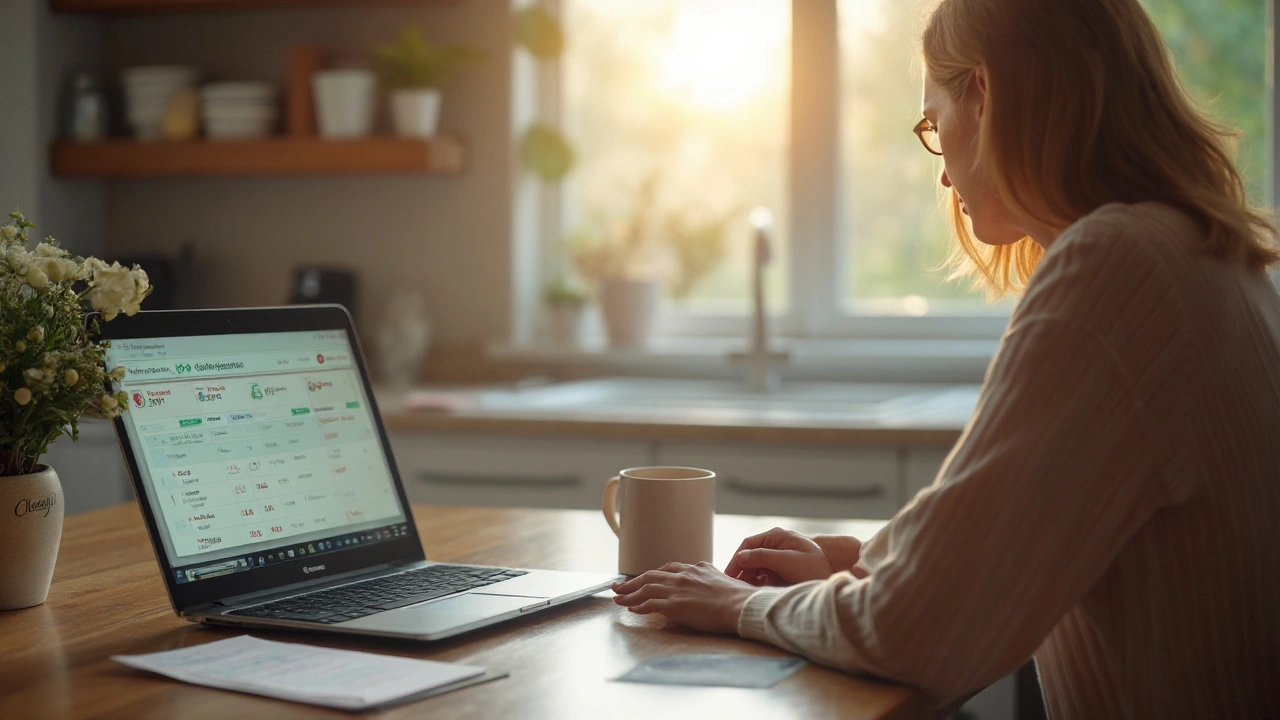Online Pharmacy Verification: Spotting Safe Pharmacies in Minutes
Clicking on a site that promises cheap meds can feel risky. The good news? You don’t need a law degree to know if a pharmacy is legit. A handful of easy checks can separate trustworthy stores from scams, so you get the right medicine without a headache.
Check the License First
Every reputable pharmacy in the U.S. must display a valid license. Look for a link that says “Pharmacy License” or “Pharmacist‑Verified.” Click it – the page should show the state’s license number and the issuing authority. If you can’t find a license, walk away. A quick Google search of the license number will confirm whether it’s real.
Look for Certified Seals and Reviews
Trusted pharmacies often carry seals from organizations like the National Association of Boards of Pharmacy (NABP) or the Verified Internet Pharmacy Practice Sites (VIPPS). These logos are clickable; they should lead to a verification page. Also, scan customer reviews on independent sites – not just the pharmacy’s own page. Consistent complaints about late deliveries or fake meds are red flags.
Next, examine the website’s contact info. A real pharmacy lists a physical address, a working phone number, and a licensed pharmacist’s name. Call the number – a live person should answer and be able to answer basic drug questions. If the only contact is a form or a generic email, treat it with caution.
Now, think about the pricing. If a product is far cheaper than the average market price, that’s a warning sign. Extremely low prices often mean counterfeit or expired medication. Compare prices on a few known pharmacies to get a realistic range.
Prescription requirements matter, too. Legit pharmacies will always ask for a valid prescription from a doctor before filling a prescription‑only drug. If a site offers to sell antibiotics or controlled substances without any prescription, you’re looking at a scam and possibly illegal activity.
Security is another piece of the puzzle. Make sure the website uses HTTPS – you’ll see a padlock icon in the address bar. This encrypts your personal and payment info. Also, read the privacy policy; it should explain how your data is stored and used.
Finally, trust your gut. If the site’s design looks cheap, the language is full of spelling errors, or the checkout process feels rushed, pause and research further. A few minutes of online checking can save you from a costly mistake.
Putting these steps together creates a quick checklist you can use before you hit ‘Buy’:
- License displayed and verified.
- Certified seals linked to official verification pages.
- Physical address, phone number, and pharmacist name visible.
- Reasonable pricing compared to other reputable sites.
- Prescription required for prescription‑only drugs.
- HTTPS connection and clear privacy policy.
Follow this list, and you’ll feel confident ordering from an online pharmacy that truly cares about your health. Safe shopping starts with a few simple questions – does the site have a license? Can you call a real person? Are the prices realistic? Answer yes, and you’re likely in good hands.
Remember, the goal isn’t just to find the cheapest option, but the safest one. When you know how to verify an online pharmacy, you protect your health, your wallet, and your peace of mind.

